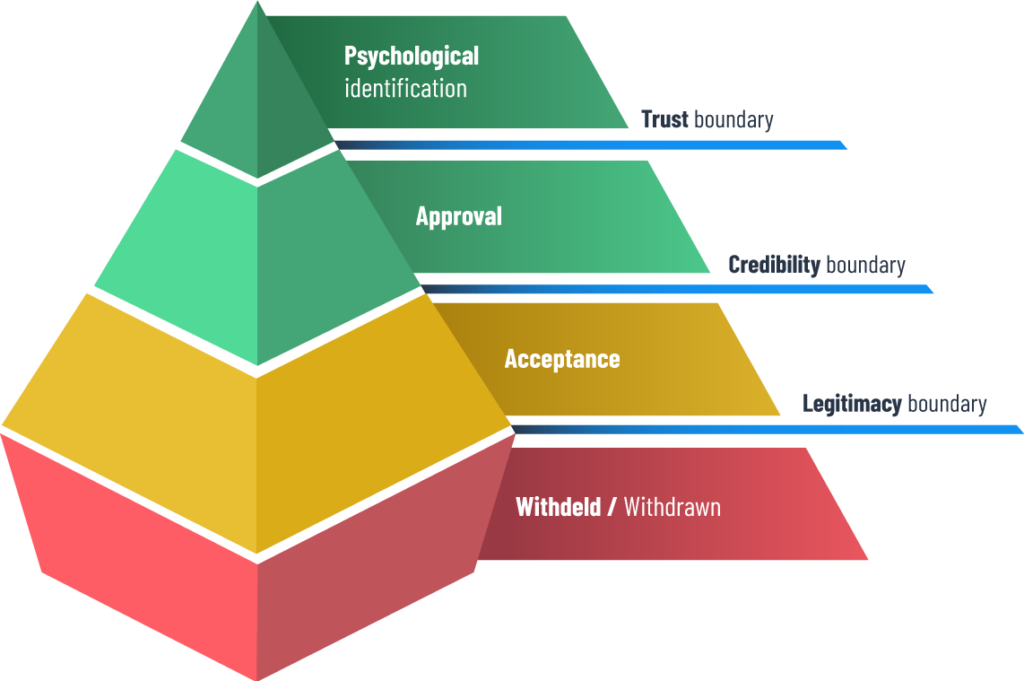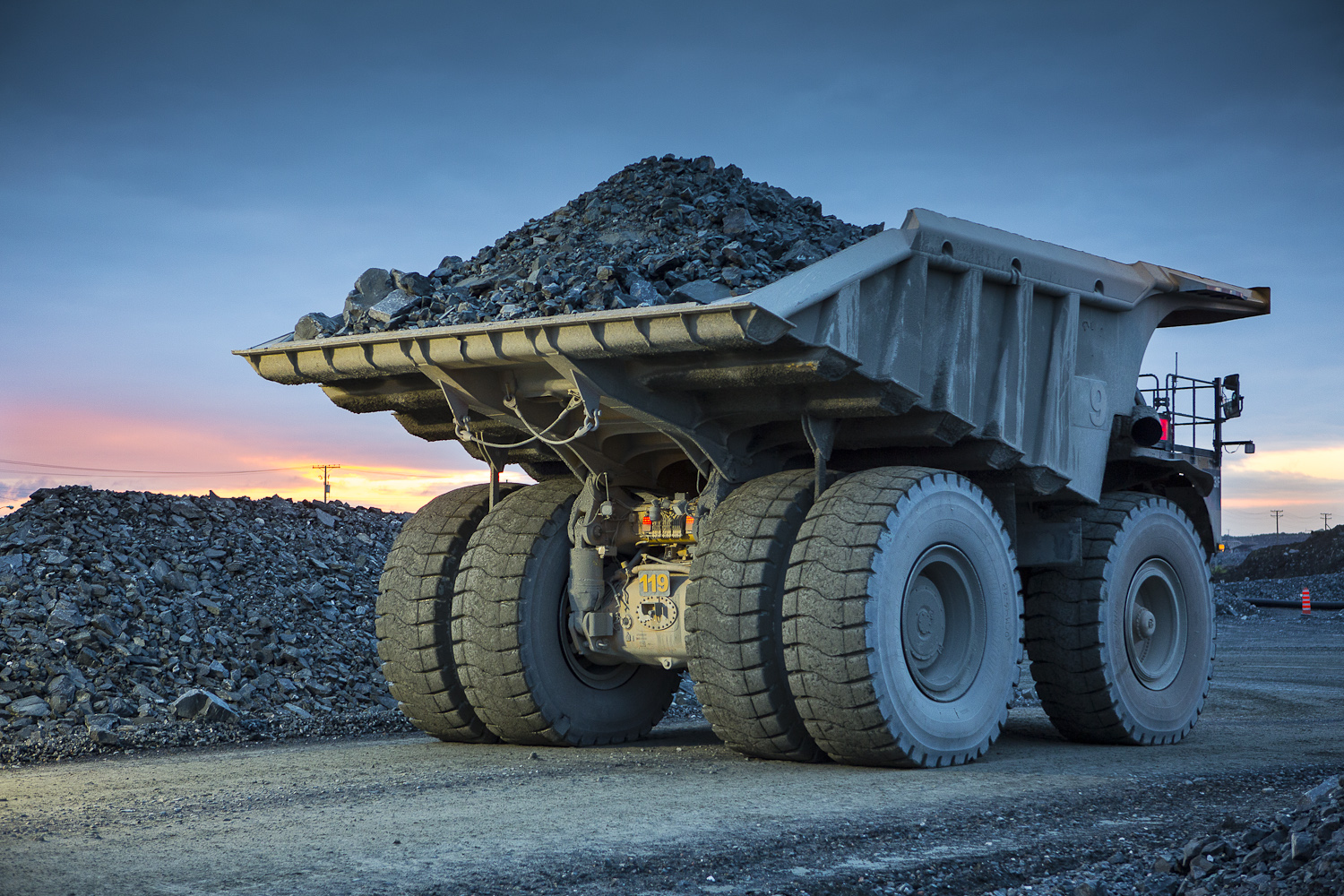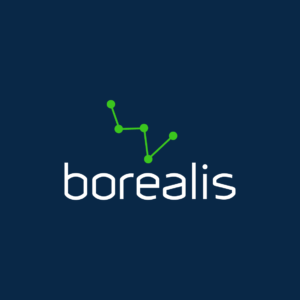A social license is the support stakeholders and interested parties show for the implementation of a given project (in addition to legal or regulatory requirements). It is usually intangible, unless companies make specific efforts to measure the level of perception, opinion and approval.
Social licenses are normally granted for each project that a company may have. That is, you can obtain social license for one operation but not necessarily for another, even though they may impact the same communities.
Social licenses are dynamic, since people’s opinions can change over time and as stakeholders gain more information on project impacts. In other words, companies should make an effort to maintain their social license for the life of the entire project and not just before the start.
The greater the economic, social and environmental impacts, the more difficult it is to obtain and maintain a social license.
Challenges in obtaining a social license

Companies often face obstacles or challenges in obtaining their social license and these are usually related to the following topics:
Defining stakeholders (interested parties) as well as their interests, importance and position with regard to the project
- Understanding the most sensitive issues of concern to the community
- Identifying the areas that require wider spread of information
- Avoiding distortion of both internal and external factors with respect to the scope of the message that the company wants to communicate to their stakeholders
- Estimating with accuracy the time and activities necessary to obtaining a social license
- Taking responsibility for the quality of the relationship with the community
- Identifying the needs of the community: commitments, expectations, etc.
- Ensuring that the community feels heard and taken into account
Main elements for obtaining a social license
Stakeholder perception is one of the most sensitive components in obtaining a social license. The project must first be considered legitimate by the communities and once achieved, the project as well as the company and its employees, must build credibility and trust.
To build credibility and trust, the company must:
- Inform communities of the scope of the project and its impacts, this means providing timely and accurate information to the public about possible positive and negative impacts. For negative impacts, the company must show the various mitigating options and which ones have been selected.
- Provide free and clear Information and always be available. In addition, the information should be written so that everyone can understand it. This includes translation of reports, educational pamphlets, making demos, and presentations to the community. This ensures the transparency of information.
- Involve stakeholders in decisions that affect them. It is important to know the expectations, fears and ideas of the community and incorporate them into the design of the project as much as possible. For example, involving them in the identification of social investment programs, making commitments to hire local labour and services provided by nearby companies. Local governments and social organizations like NGOs should also be involved to take advantage of the synergies that define the community’s interests and needs and identify or reinforce programs in the areas of health, education, etc.
How to measure social license
Social license should (i) be measured in specific stages of the project, e.g. for approval of the environmental impact study, and (ii) be monitored throughout the life of the project. For companies, this is an ongoing challenge.
The first step in measuring social license is identifying the stakeholders of the project, their influence, position and level of support.
The second step is synthesize all the information and communications that come from the stakeholders. In other words, they must document and systematize informal communications, meetings, questions, complaints, claims, agreements and commitments and if necessary, probe perceptions through surveys or polls.
The third phase is systematize the data so that, using the previous information, an accurate measurement method can be created to produce a quantifiable result on whether the relationship is positive or negative, and measure what the relevant issues are for the overall project, as well as for specific activities or topics. It must also determine whether the community can provide or maintain the social license in the short, medium and long term.
This information can measure the level of a social license (rejection, tolerance, support, co-ownership) or detect, for example, if a social license is conditional. This means that the community provides the license as long as the company performs certain activities. In addition, the company can identify information gaps on specific topics and / or identify key stakeholders with whom it must implement strategies to strengthen their relationship.
The measurement and systematic monitoring of social licenses is a strategic tool used on both the operational and strategic levels of companies.





